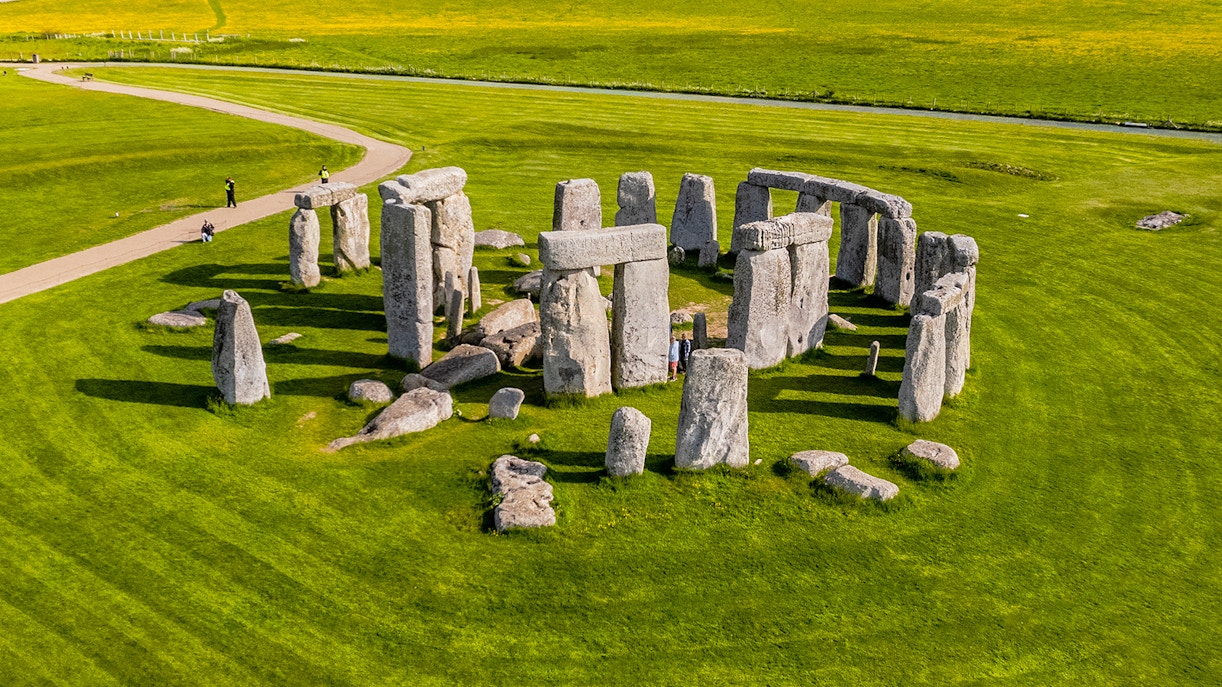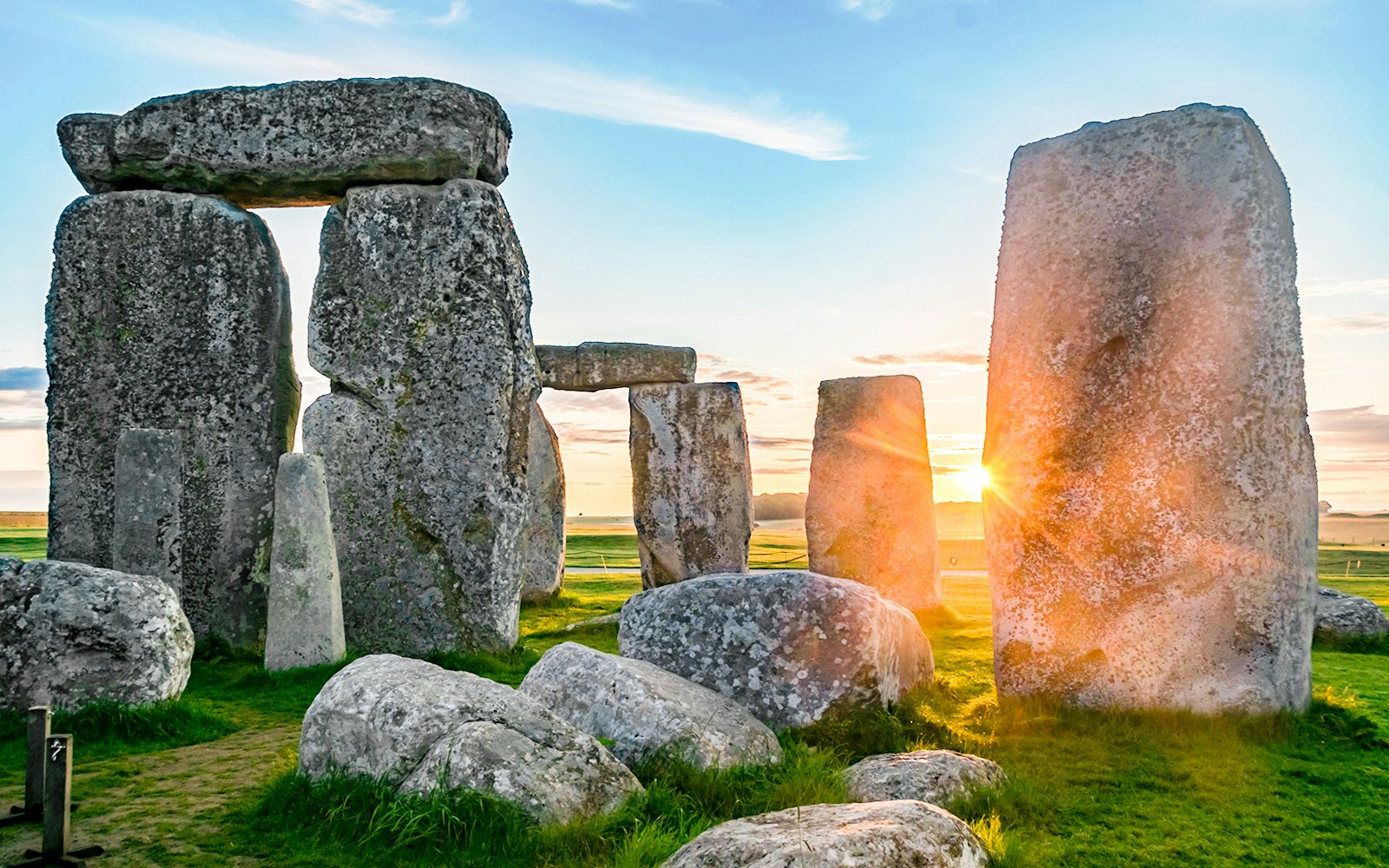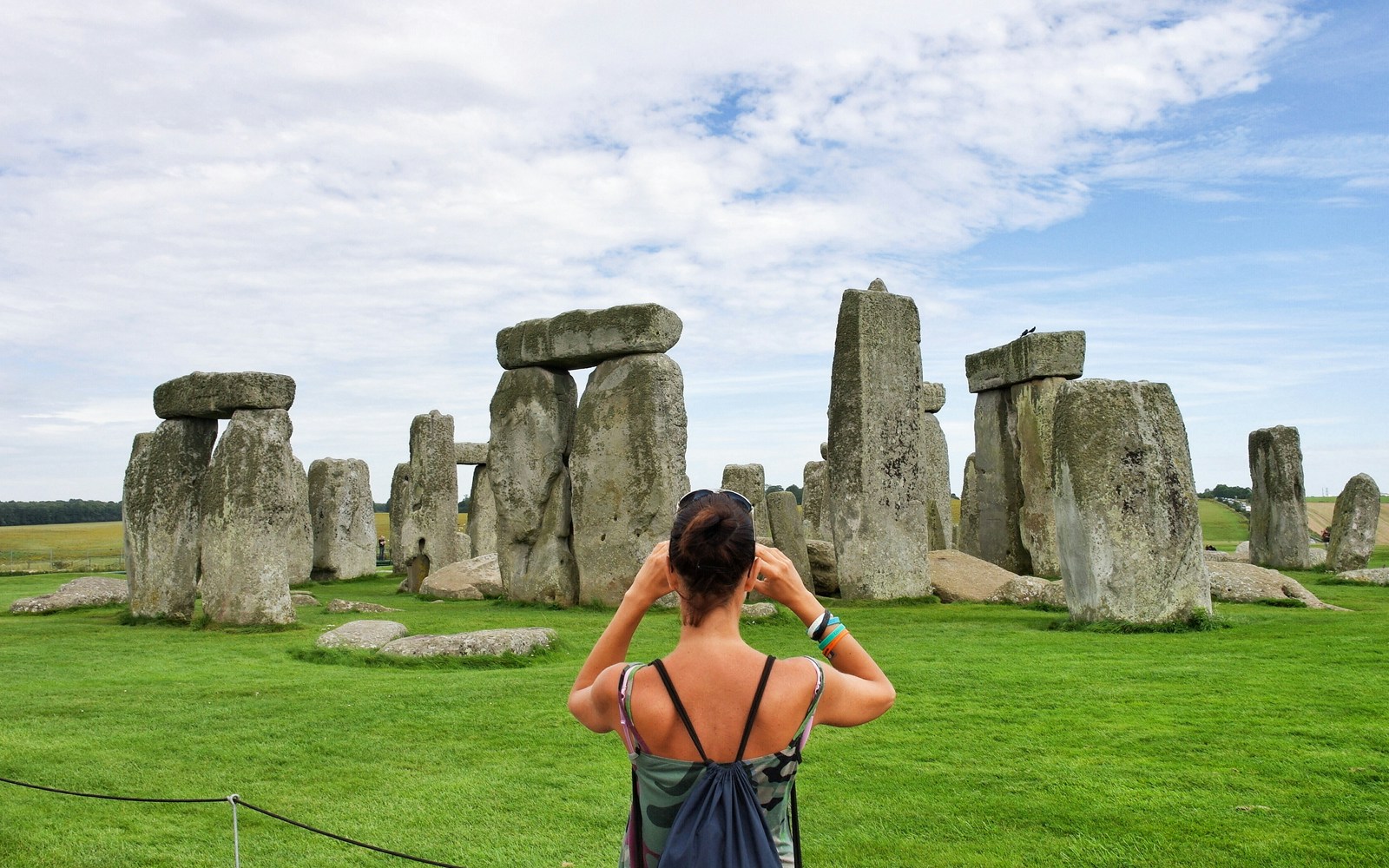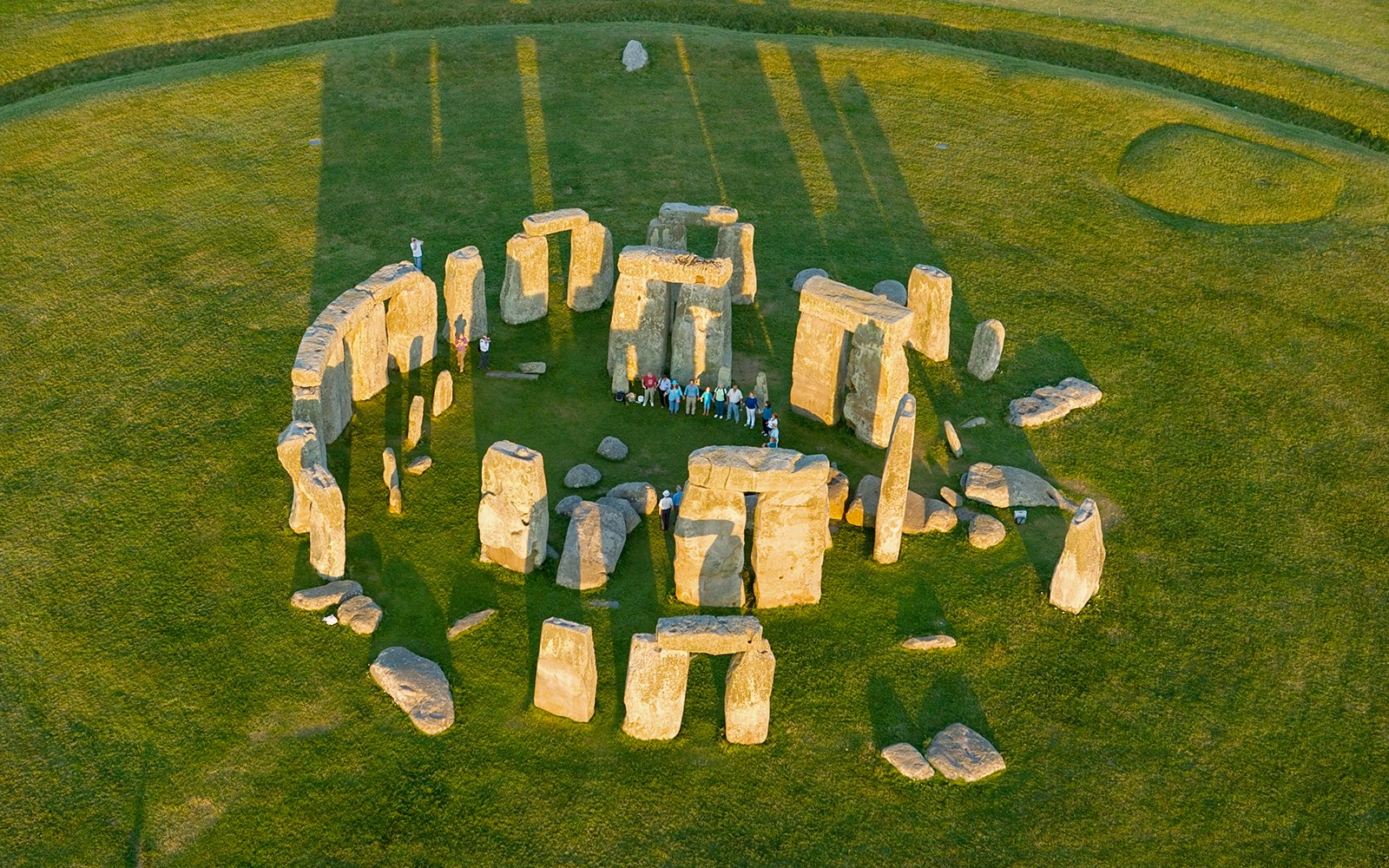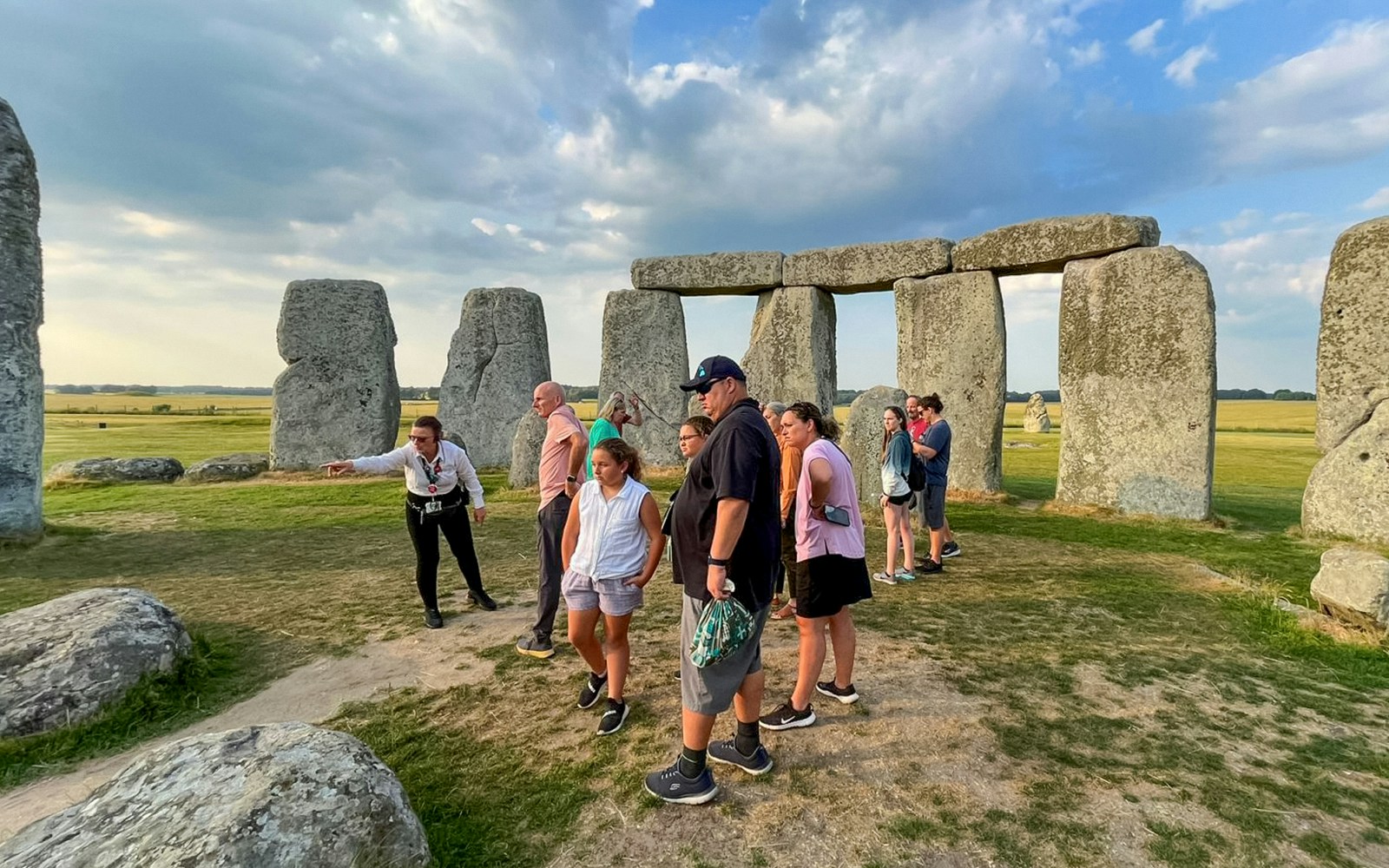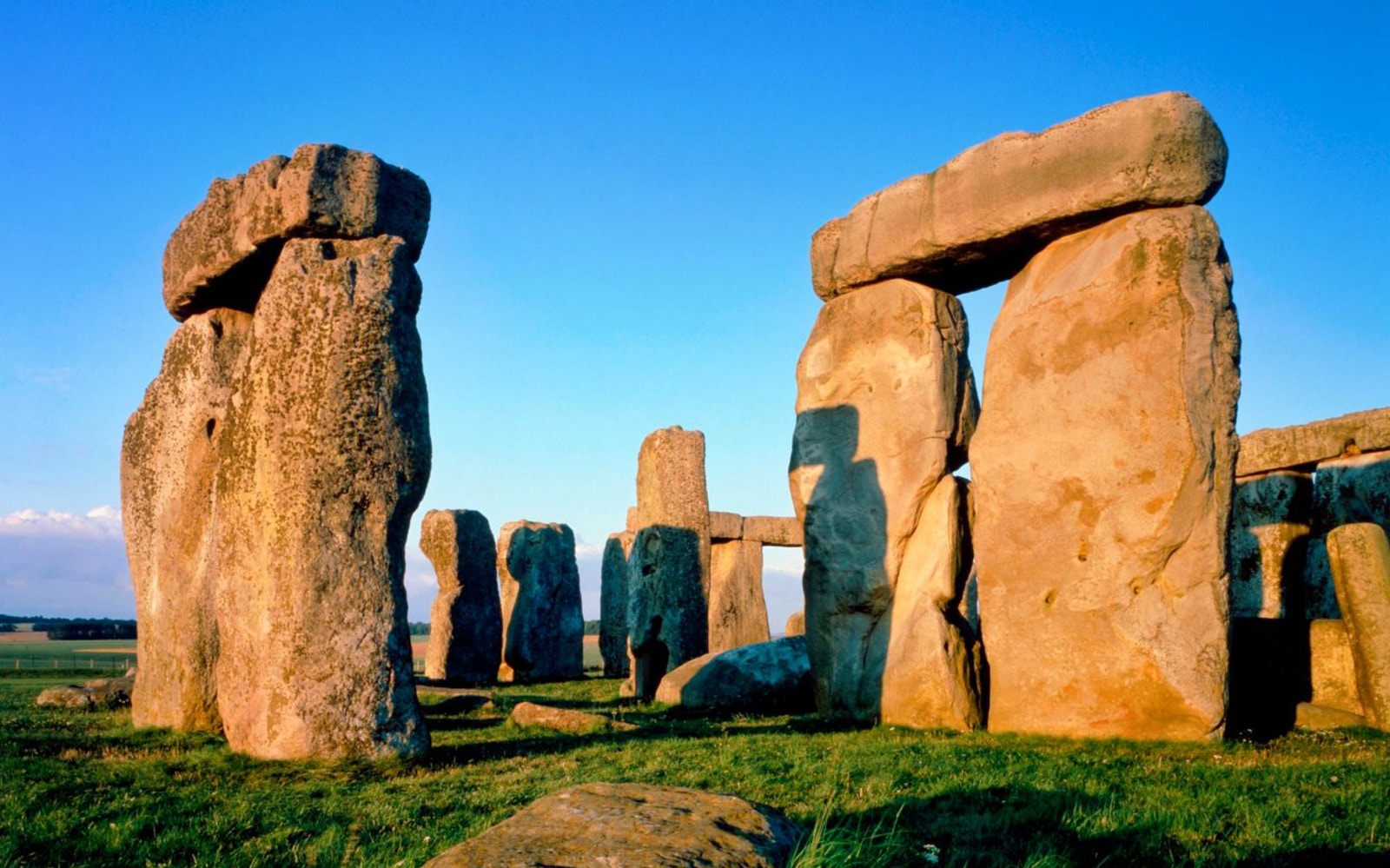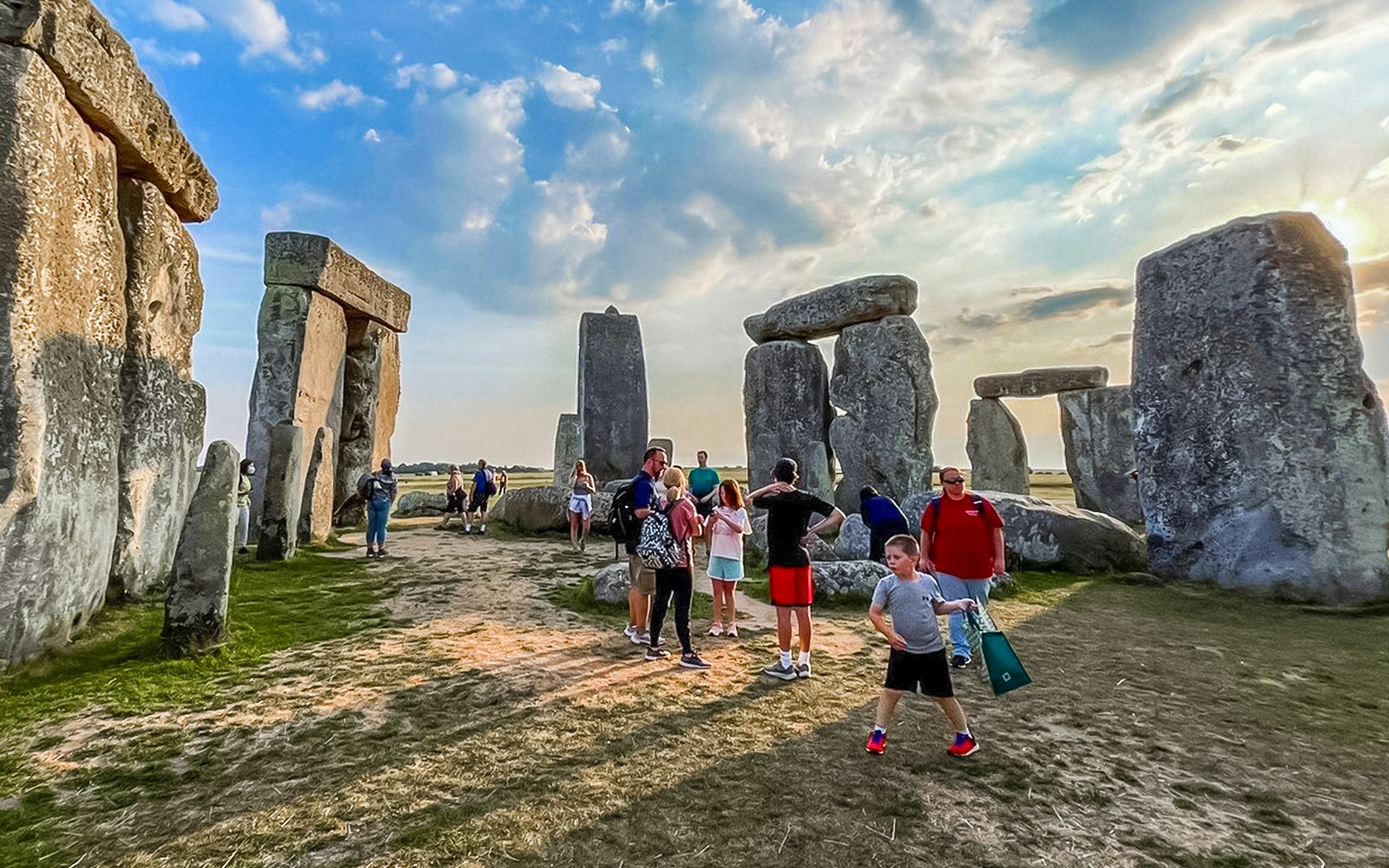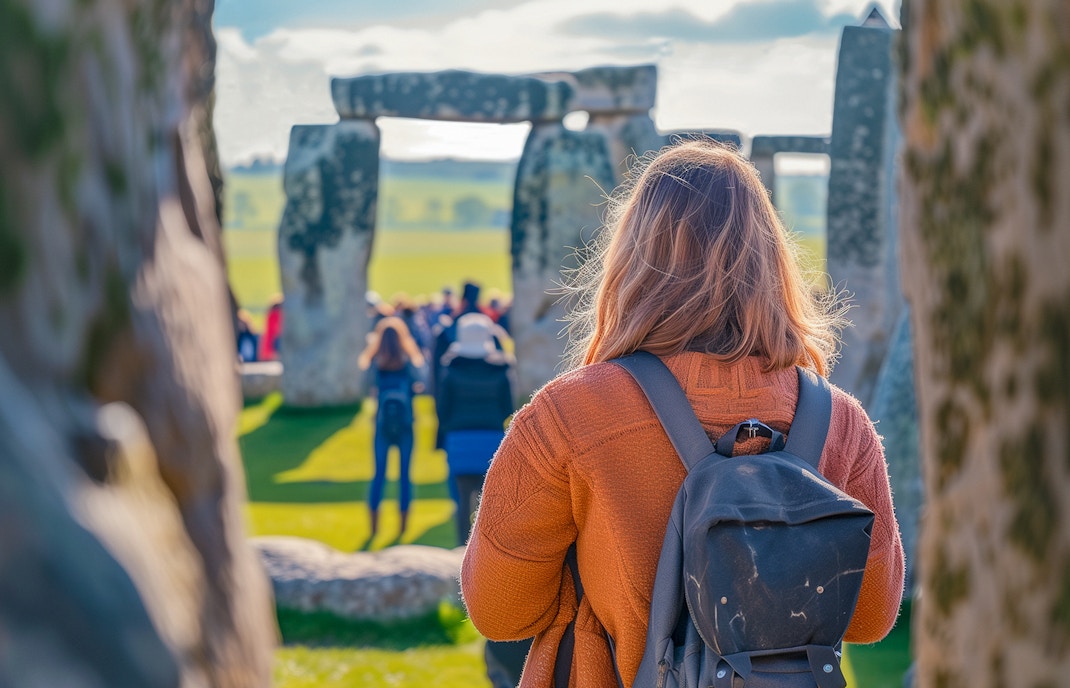- The heart of Stonehenge: The Inner Circle is the central ring of towering sarsen stones, forming the core of the monument and its most architecturally complex section.
- Where rituals likely happened: Many believe the Inner Circle was used for ancient ceremonies, seasonal rituals, or astronomical observations, giving it deep historical and symbolic importance.
- Surrounded by giants: This area features upright sarsens topped with horizontal lintels, forming iconic trilithons that stand over 6 metres high and dominate the site visually.
- Originally a full ring: The Inner Circle was once a complete ring of massive stones, carefully arranged with precise alignments tied to solstices and the movement of the sun.
- Centre of alignment: The famous solstice sunrise and sunset lines cut directly through the Inner Circle, suggesting it was deliberately positioned to reflect celestial cycles.
- Intimate, powerful space: Smaller than expected yet incredibly striking, the Inner Circle feels enclosed and atmospheric, offering a closer connection to Stonehenge’s scale, mystery, and ancient craftsmanship.
An overview of the Stonehenge Inner Circle
